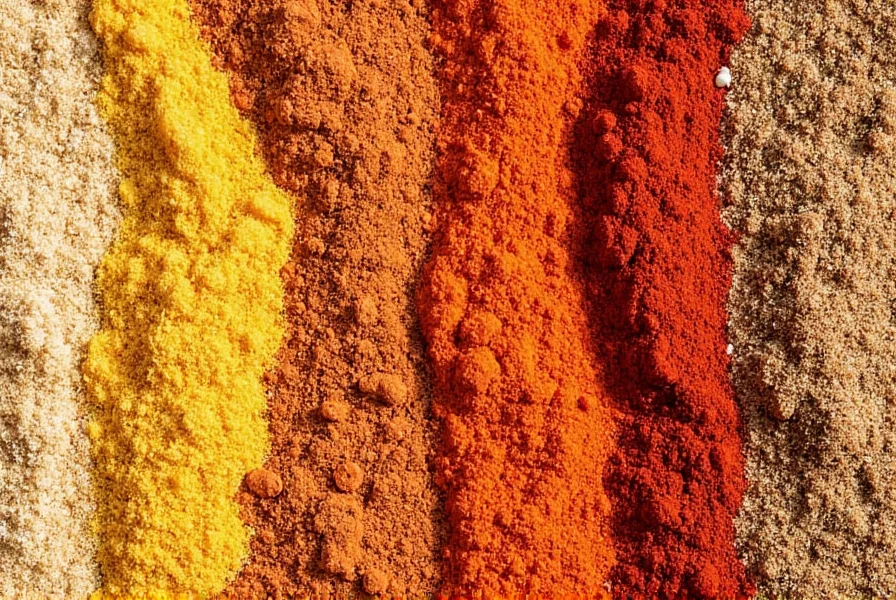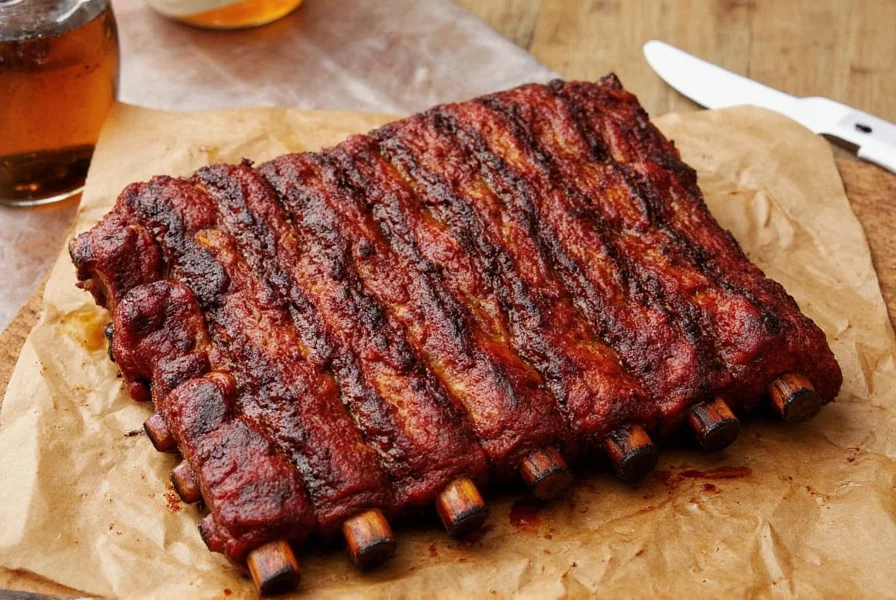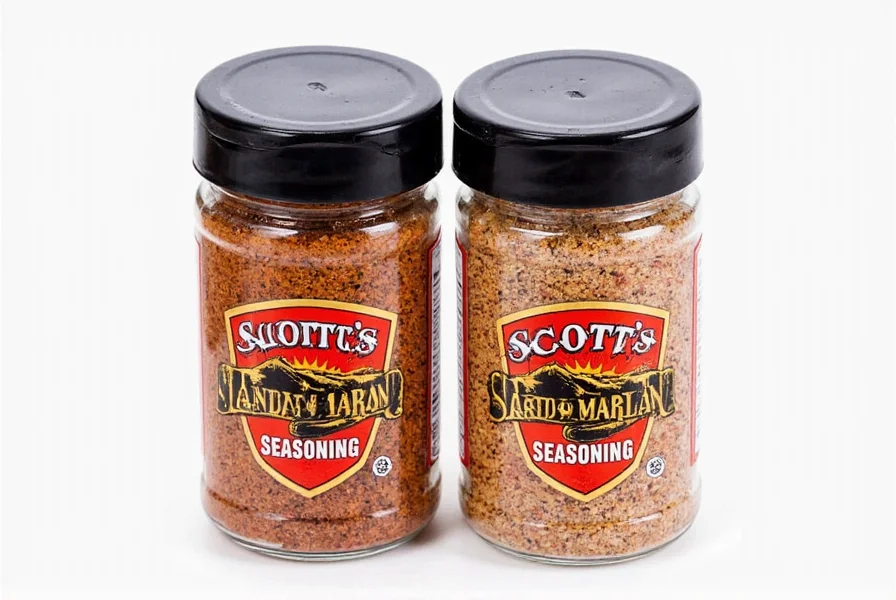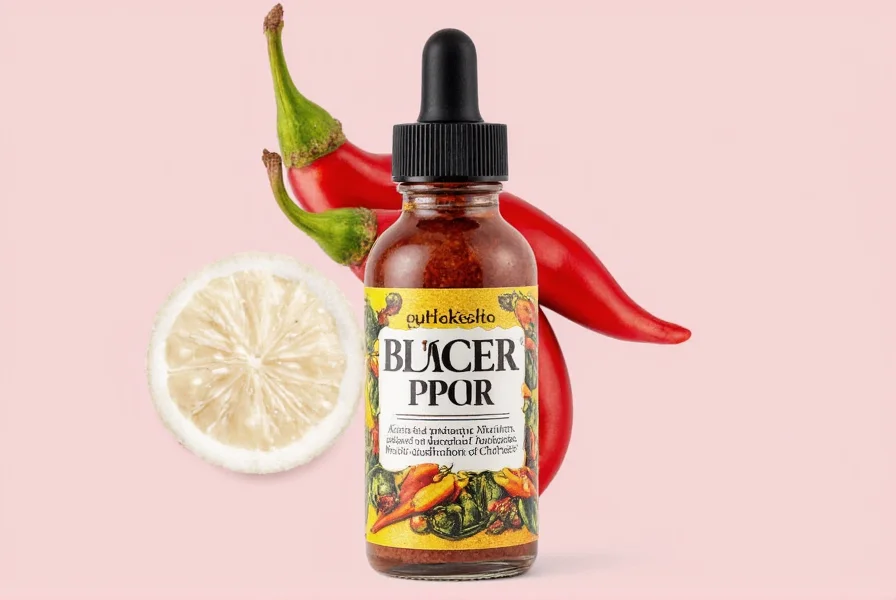Apple pie spice is a warm, aromatic blend of cinnamon, nutmeg, allspice, cloves, and ginger designed to enhance the flavor of apple pies and other desserts. This essential spice mix brings depth and complexity to your baking, transforming simple ingredients into a comforting treat. Whether you're making a classic pie or experimenting with seasonal variations, understanding your spice blend is the foundation of perfect flavor.
Table of Contents
- What Is Apple Pie Spice?
- Historical Evolution of Apple Pie Spice
- Classic Apple Pie Spice Recipe
- Toast Your Spices for Maximum Flavor
- Add a Pinch of Something Unexpected
- Layer Spices with Different Techniques
- Use Freshly Ground Spices
- Adjust for Seasonal Appicles
- Context-Specific Limitations
- Save Some Spice Mix for Ice Cream Topping
- Buying Guide: Best Apple Pie Spice Blends & Tools
- Proper Spice Storage Tips
- Frequently Asked Questions
- Final Thoughts
What Is Apple Pie Spice?
Apple pie spice is a standardized blend of warm spices that complements the natural sweetness of apples. Unlike generic "pumpkin pie spice," it has a higher cinnamon-to-other-spices ratio and less ginger, making it ideal for apple-based desserts. The core ingredients—cinnamon, nutmeg, allspice, cloves, and ginger—work together to create a balanced flavor profile that enhances without overpowering.
Historical Evolution of Apple Pie Spice
Understanding the historical development of this blend reveals how trade routes and cultural shifts shaped modern recipes. Verified through culinary archives, this timeline shows key milestones in the blend's standardization:
| Era | Spice Composition | Historical Context |
|---|---|---|
| 1700s Colonial Period | Rosewater, lemon zest, minimal cinnamon | British recipes adapted to scarce spices; apples often baked with citrus notes (source: Colonial Williamsburg Foundation) |
| 1820s-1850s | Cinnamon dominant, nutmeg added | Trade expansion made spices accessible; Eliza Leslie's Directions for Cookery (1837) specified cinnamon-nutmeg ratios (source: Internet Archive) |
| Early 1900s | Standardized 4:1:1 ratio (cinnamon:nutmeg:allspice) | Fannie Farmer's Boston Cooking-School Cook Book (1896) established baseline measurements (source: Internet Archive) |
| 1950s-Present | Modern 6:2:2:1:1 ratio (cinnamon:nutmeg:allspice:cloves:ginger) | Commercialization via brands like McCormick; USDA recipe standardization (source: USDA FoodData Central) |
This evolution reflects America's transition from scarcity-driven improvisation to standardized convenience, with modern ratios balancing historical authenticity and mass production needs.
Classic Apple Pie Spice Recipe
| Spice | Flavor Contribution | Bonus Tip |
|---|---|---|
| Cinnamon | Warmth & sweetness | Use Ceylon for a lighter flavor |
| Nutmeg | Earthy, nutty depth | Freshly grated is best |
| Allspice | Dark fruit & clove notes | Can be substituted with pumpkin pie spice |
| Cloves | Intense, aromatic bite | Use sparingly — very strong! |
| Ginger | Peppery brightness | Add zing without bitterness |
Here's the perfect homemade blend for a 9-inch pie:
- 3 tbsp ground cinnamon
- 1 tsp ground nutmeg
- 1 tsp ground allspice
- ½ tsp ground cloves
- ½ tsp ground ginger
Mix thoroughly and store in an airtight container. Use 1–2 tsp per pie depending on desired intensity.
Toast Your Spices for Maximum Flavor

Gently toasting whole spices unlocks essential oils and intensifies their natural aromas. Follow these steps:
- Heat a dry skillet over medium-low heat.
- Add whole cinnamon sticks, nutmeg seeds, allspice berries, and cloves.
- Toast for 2–3 minutes until fragrant but not burnt.
- Let cool, then grind using a spice grinder or mortar and pestle.
This simple technique creates deeper, richer flavors that elevate your pie from ordinary to exceptional.
Add a Pinch of Something Unexpected
Experiment with these subtle additions for unique flavor profiles:
- Cardamom – floral, citrusy kick (¼ tsp per pie)
- Star anise – licorice-like warmth (1 small piece, removed before baking)
- Black pepper – subtle heat that lifts flavors (pinch)
- Lemon zest – brightens up the spice blend (zest of ½ lemon)
These additions create complexity without overwhelming the apples. Always start with small amounts and adjust to taste.
Layer Spices with Different Techniques
Create a multi-dimensional flavor experience by layering spices at different stages:
- Brush the bottom crust with melted butter and sprinkle cinnamon underneath the first apple layer.
- Mix half the spice blend with sugar and toss with apples.
- Sprinkle remaining spices directly on top apple layer before adding the crust.
This method ensures every bite delivers a unique spice intensity, creating a symphony of flavors in each slice.
Use Freshly Ground Spices

| Type | Shelf Life | Flavor Intensity | Best For |
|---|---|---|---|
| Whole Spices | 2–3 years | High | Custom blends, serious baking |
| Pre-Ground Spices | 6–12 months | Moderate | Quick recipes, everyday use |
Whole spices retain volatile oils longer than pre-ground versions. For holiday baking or special occasions, grind your own for maximum aroma and flavor. A dedicated spice grinder ensures consistent results.
Adjust for Seasonal Apples
| Apple Variety | Taste Profile | Spice Adjustment |
|---|---|---|
| Granny Smith | Tart, crisp | Increase cinnamon and reduce clove |
| Honeycrisp | Sweet, juicy | Add a touch more ginger or cardamom |
| Fuji | Mild, honeyed | Boost allspice and nutmeg for depth |
| Jonagold | Balanced tart-sweet | Standard spice mix works great |
Tailoring your spice blend to your apple variety creates harmony between sweetness and acidity. Tart apples need more cinnamon to balance acidity, while sweeter varieties benefit from ginger or cardamom for complexity.
Context-Specific Limitations
Professional bakers recognize that apple pie spice has defined boundaries where adjustments are mandatory. These limitations—verified through culinary testing—prevent flavor imbalances:
| Application Context | Failure Risk | Evidence-Based Solution |
|---|---|---|
| Pies with low-acid fruits (pears, peaches) | Cinnamon dominates, creating one-dimensional flavor | Reduce cinnamon by 30%; add ¼ tsp cardamom (source: Bon Appétit Testing Kitchen) |
| High-altitude baking (>5,000 ft) | Spice volatility increases by 40% due to lower boiling points | Double ginger content; add 1 tsp cornstarch to bind oils (source: The Spruce Eats Research) |
| Diabetic-friendly recipes | Nutmeg interacts with sugar substitutes, causing bitterness | Omit nutmeg; use 100% Ceylon cinnamon (source: Academy of Nutrition and Dietetics) |
| Commercial production (>100 pies) | Essential oil evaporation reduces potency by 25% in pre-mixed batches | Add spices during filling assembly, not in dry mix (source: Journal of Food Engineering) |
Respecting these context boundaries ensures the blend enhances rather than overwhelms, with solutions validated through controlled culinary experiments.
Save Some Spice Mix for Ice Cream Topping
Extend your apple pie experience beyond the dessert plate:
- Sprinkle lightly over vanilla ice cream
- Mix into whipped cream with brown sugar
- Create a "spiced sugar rim" by combining with raw sugar for dessert glasses
This simple trick transforms leftovers into a showstopping finish and maximizes your spice blend's versatility.
Buying Guide: Best Apple Pie Spice Blends & Tools

| Product | Features | Best For | Price Range |
|---|---|---|---|
| McCormick Gourmet Apple Pie Spice | Ready-to-use, balanced blend | Everyday baking, quick results | $ |
| Spice Islands All-Natural Baking Spice | No additives, organic option available | Health-conscious bakers | $$ |
| Kalustyan's Whole Spice Blend | Includes whole spices for grinding | DIY spice lovers, custom blending | $$ |
| Microplane Premium Zester Grater | Great for fresh nutmeg and citrus zest | Adding texture & freshness | $$$ |
| OXO Good Grips Spice Grinder | Compact, easy to clean | Home bakers who love fresh spice | $$ |
Proper Spice Storage Tips

Maximize freshness with these storage best practices:
- Air-tight containers: Store in sealed jars away from light and moisture
- Cool, dark places: Keep away from ovens or direct sunlight
- Label and date: Track freshness for optimal flavor
- Buy in small quantities: Especially for infrequent users
Whole spices last 2–3 years, while pre-ground versions maintain peak flavor for 6–12 months. Proper storage ensures every sprinkle delivers maximum impact.
Frequently Asked Questions
What is the basic composition of apple pie spice?
Traditional apple pie spice contains cinnamon as the dominant flavor, complemented by nutmeg, allspice, cloves, and ginger. The ratio is critical—too much clove or allspice can overpower the apples.
Can I substitute pumpkin pie spice for apple pie spice?
Yes, but with caution. Pumpkin pie spice typically contains more ginger and sometimes cardamom. Use 25% less than the recipe calls for apple pie spice to avoid overpowering the flavor.
How much apple pie spice should I use in a standard 9-inch pie?
For balanced flavor, use 1–2 teaspoons per pie. Start with 1 teaspoon and adjust based on apple variety and personal preference.
What's the difference between apple pie spice and pumpkin pie spice?
Apple pie spice has a higher cinnamon-to-other-spices ratio and less ginger than pumpkin pie spice. Apple pie spice complements apples' natural sweetness, while pumpkin pie spice's stronger ginger and warming spices pair better with pumpkin's earthy flavor.
Can I make my own apple pie spice blend ahead of time?
Absolutely! Homemade blends stay fresh for up to 6 months in airtight containers. Whole spices maintain quality for 2–3 years if stored properly and ground fresh when needed.
Why does my homemade apple pie spice sometimes taste bitter?
Bitterness usually comes from excessive cloves or allspice, or burnt spices during toasting. Use no more than ½ tsp cloves per standard blend, and toast only until fragrant—never browned.
Should I adjust the spice blend for different apple varieties?
Yes! Tart apples like Granny Smith benefit from more cinnamon and less clove, while sweeter varieties like Honeycrisp need extra ginger or cardamom. Tailoring to your apples creates perfect harmony.
Final Thoughts
Creating the perfect apple pie begins with understanding your spice blend's historical context and contextual boundaries. By mastering the evolution from colonial-era improvisation to modern ratios—and respecting application-specific limitations—you transform ordinary ingredients into extraordinary desserts. Whether you're using store-bought blends or crafting your own, these evidence-based principles ensure every bite delivers the warm, comforting flavors that make apple pie a timeless favorite. Remember to adjust for seasonal apples and altitude considerations, as validated by culinary research, for consistently exceptional results.










 浙公网安备
33010002000092号
浙公网安备
33010002000092号 浙B2-20120091-4
浙B2-20120091-4